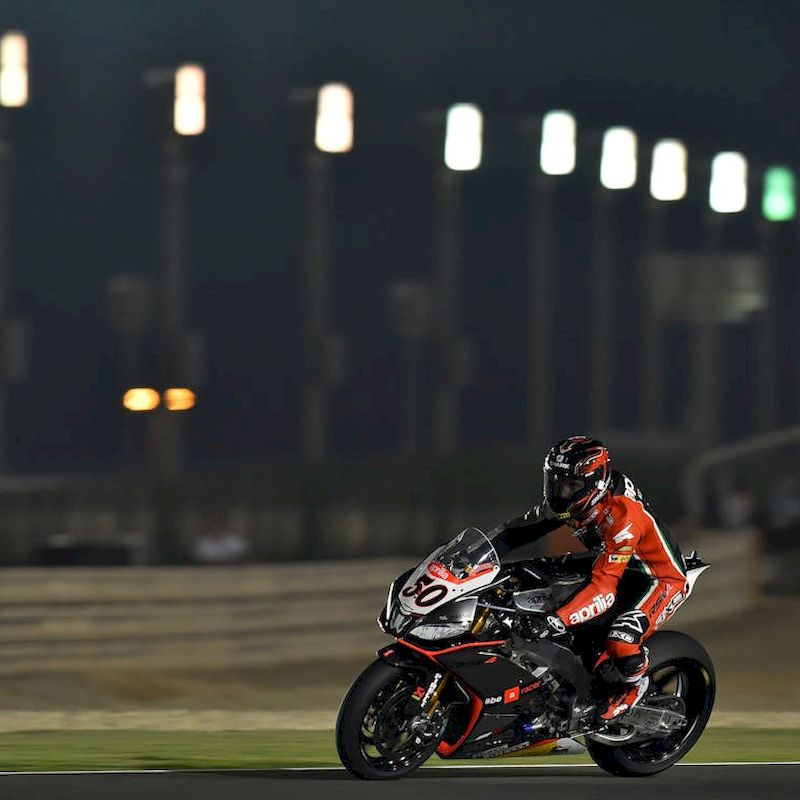Maintaining a motorcycle is a crucial aspect for any owner who values performance, safety, and longevity. Regardless of whether you’re a seasoned rider or a newcomer to the motorcycle community, understanding how to care for your machine can significantly improve your riding experience. Proper motorcycle maintenance not only enhances your bike’s performance but also extends its lifespan, ensuring that you get the most out of your investment. There are numerous components to consider and a myriad of maintenance tasks to perform, from routine checks to more complex repairs. In this article, we’ll walk you through essential motorcycle maintenance tips that cover all bases, empowering you to keep your vehicle in optimum condition.

Understanding the Importance of Regular Maintenance
Regular maintenance is vital for any motorcycle, as it directly impacts safety and performance. Just like a car, a motorcycle requires routine checks and services to function efficiently. Neglecting these aspects can lead to severe issues, potentially resulting in accidents or costly repairs. The safety of the rider is paramount, and ensuring that brakes, tires, and lights are in proper working condition can minimize risks on the road.
Furthermore, consistent maintenance can uncover small problems before they escalate. A minor oil leak or a worn brake pad may not seem urgent, but if left unchecked, they could lead to significant performance issues or even breakdowns. Being proactive about maintenance ensures that your bike provides a safe and enjoyable ride every time you hit the road.
Key Areas to Focus On
When it comes to motorcycle maintenance tips, there are several essential areas you should focus on. Each component of a motorcycle has unique requirements, and understanding these can greatly assist in keeping your bike running smoothly.
Engine Oil and Filter Changes
One of the most critical motorcycle maintenance tips relates to engine oil and filter changes. The engine is the heart of your motorcycle, and the oil lubricates its components, ensuring smooth operation. It’s advisable to change the oil and oil filter at regular intervals, typically every 3,000 to 5,000 miles, depending on your motorcycle’s make and model.
Using high-quality oil suited for your motorcycle engine type can enhance performance and efficiency. Checking the oil level regularly is also important to avoid running the engine with low oil, which can cause severe damage. Always refer to your owner’s manual for specific recommendations on oil type and change frequency.
Tire Maintenance
Tires are your motorcycle’s only contact with the road, making tire maintenance one of the most critical motorcycle maintenance tips. Regularly checking tire pressure and tread depth is essential. Low tire pressure can lead to poor handling and increased tire wear, while worn-out tires can drastically increase stopping distance, especially in wet conditions.
Check for cracks, bulges, or foreign objects embedded in the tire, as these can lead to blowouts. Most manufacturers recommend checking tire pressure monthly and before long rides. Rotate the tires as required and replace them when tread depth falls below the recommended limit.
Brake Inspection
Brakes are another crucial safety component. Ignoring brake maintenance could have dire consequences. Conduct regular inspections of brake pads, discs, and fluid levels. Brake pads should be replaced if they appear thinner than the manufacturer’s specifications.
Keep an eye out for any signs of brake performance deterioration, such as unusual noises or reduced responsiveness. Bleeding the brake lines occasionally can also ensure consistent, effective braking power. As part of your motorcycle maintenance routine, always test the brakes before taking your bike out for a ride.

Chain Maintenance
For motorcycles with a chain drive, chain maintenance cannot be overlooked. A dirty or poorly greased chain can lead to inefficient power transfer and increased wear on both the chain and the sprockets. Regular inspection and cleaning of the chain will ensure that it operates smoothly.
Apply the appropriate lubricant to the chain after thoroughly cleaning it. Keeping the chain properly tensioned is also crucial. A loose chain can cause significant damage, while an overly tight chain can strain the engine components. Most owners find that cleaning and lubricating the chain every 500 miles works best.
Battery Care
A motorcycle battery is a critical component that requires regular attention. Battery care begins with ensuring that connections are tight and free from corrosion. Clean terminals can prevent starting issues, which is essential for reliability.
Additionally, check the voltage periodically. Most batteries will last around three to five years; however, factors such as usage and climate can affect battery life. If your bike doesn’t start easily or shows dim lights, it may be time for a replacement. Keep a maintenance charger on hand during the off-season to keep the battery at optimal levels.
Seasonal Maintenance Tips
During seasonal transitions, it’s crucial to conduct specific maintenance checks. If you live in an area with harsh winters, prepare your motorcycle for storage. Clean it thoroughly, check for rust, and ensure that the fuel system is protected by adding fuel stabilizer.
In the spring, perform a thorough inspection of all fluids and tires, and replace any parts that may have deteriorated during storage. Riding season often brings challenges such as increased debris on the roads, so ensure that all components are in excellent condition before you ride.
Developing a Maintenance Schedule
Establishing a comprehensive maintenance schedule based on the recommendations for your particular motorcycle is one of the best motorcycle maintenance tips you can implement. Utilizing a calendar or an app to track your maintenance tasks can help ensure that you never miss an essential service.
Breaking your tasks down into daily, monthly, and yearly checklists can make maintenance more manageable. Daily tasks may include checking tire pressure and fluid levels, while monthly tasks could involve changing oil and inspecting the chain. Yearly tasks may include valve adjustments and spark plug replacements. Regular adherence to this schedule can serve to prolong the life of your motorcycle and boost its performance.
Investing in Professional Help
While many maintenance tasks can be performed by the rider, it’s essential to recognize when it’s time to invest in professional help. Complex issues such as engine tuning, electrical problems, or major repairs should be entrusted to professionals who have the necessary skills and tools.
Choose a reputable motorcycle mechanic or service center that specializes in your make and model. With proper diagnostics, they’ll be able to identify and resolve issues that the average rider might miss. It’s advisable to consult professionals for comprehensive inspections annually.
Preparing for Emergencies
Even with diligent maintenance, emergencies can still arise while on the road. Building an emergency preparedness kit for your motorcycle can significantly improve your safety and readiness. Your kit should include basic tools, a tire repair kit, a first aid kit, and essential spare parts.
Familiarize yourself with basic roadside repair techniques. Knowing how to change a tire or fix a chain can come in handy during an emergency. Regularly practicing these skills ensures that you’ll be ready when an unexpected situation arises.

Conclusion
In conclusion, following essential motorcycle maintenance tips can dramatically enhance your riding experience and ensure the longevity of your bike. From engine oil changes to regular brake inspections, each task plays a pivotal role in the overall health of your motorcycle. By understanding the importance of each component and developing a maintenance schedule, you’ll not only keep your bike in optimal condition but also enjoy peace of mind on every ride. Additionally, being prepared for emergencies and knowing your limits will help you navigate any unexpected challenges. Embracing these motorcycle maintenance tips will ensure that your adventures on two wheels are safe, enjoyable, and worry-free for years to come.


